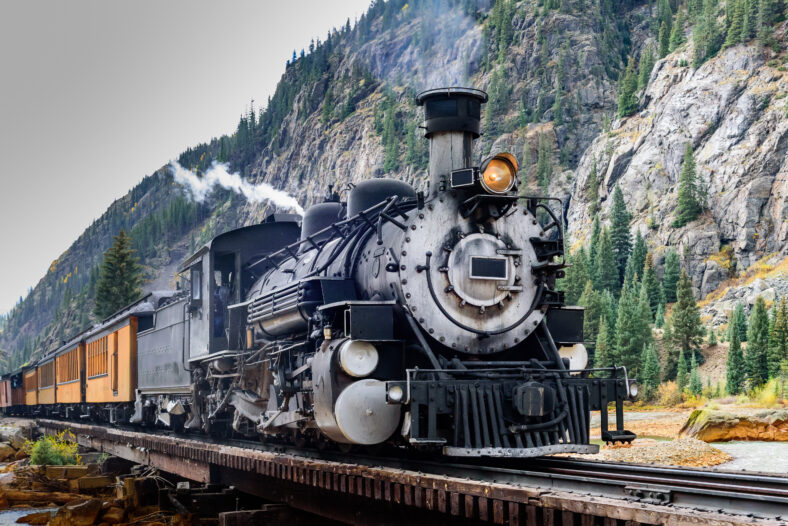The Orphan Train Endeavor Sounded Noble, But For The Kids, It Became Their Worst Nightmare

In the 1830s, more and more immigrants arrived in cities on the East Coast. The influx of immigrants led to a surge in child homelessness, particularly in New York.
Thus began the Orphan Train Movement, a humanitarian mission aimed at sending children from slums to the Midwest, where they could live with good families and have a brighter future.
Between 1854 and 1929, more than 200,000 orphaned or abandoned children were relocated to Midwestern states.
The endeavor sounded noble, but for the kids, it became their worst nightmare. In 1849, Charles Loring Brace, the founder of the Orphan Train Movement, arrived in New York City.
He was a Presbyterian minister who wanted to help the poor. By 1850, between 10,000 and 30,000 children lived in the streets of New York or in orphanages.
Brace established the Children’s Aid Society in 1853 to help combat the homelessness crisis. The organization offered Bible study classes, academic instruction, and regular meals to young boys.
The society also opened a shelter for boys. However, it quickly became overrun, so Brace had to start looking into other options.
He started to believe that the children would fare better outside of New York City. He searched the country for families willing to take in children and noticed that there was a rising demand for labor in the Midwest.
Midwestern farmers would most likely welcome the children as they could provide free additional labor. The first orphan train left New York City in 1854 to its destination of Dowagiac, Michigan.

Sign up for Chip Chick’s newsletter and get stories like this delivered to your inbox.
For four days, a total of 45 children traveled in cramped train cars. They were accompanied by one adult named E.P. Smith from the Children’s Aid Society.
During the journey, Smith offered two children to riverboat passengers without looking into the backgrounds of the adults. He also picked up another boy in Albany who said he was an orphan, but the claim was never verified.
When the kids got to Michigan, local farmers and townspeople gathered to get their pick of the children. In order to take a child home, they were supposed to have letters of recommendation from their pastor and a justice of the peace, but there is no evidence to confirm that this rule was enforced.
Adoption events were much like auctions. Children were sized up in a way that befitted livestock. Potential parents would prod and inspect them.
Of the 45 children on the original orphan train, only eight remained unadopted by the end of the week. The eight children were sent to Iowa, where they were placed in a local orphanage.
Throughout the next 75 years, more than 200,000 children were transported from East Coast cities to Midwestern towns. They were even sent out West, as well as Canada and Mexico.
From the outside, the orphan trains seemed like a great solution, but in reality, they were horrible for the children who had to ride them.
The conditions on the train were cold, harsh, overcrowded, and dirty. There were few bathrooms, and they only received one small meal a day. The trains also kept running for several days straight.
In addition, at least 25 percent of the orphans still had two living parents. They often were not told where they were going either. Many of the children also became separated from their siblings.
The Great Depression ended the Orphan Train program in 1929. Before its collapse, the movement faced a lot of criticism.
Countless parents filed lawsuits against the organization for shipping their children away, and abolitionist groups declared that the program was just another version of indentured servitude.
Today, there are few existing records of these orphan children’s “adoptions,” making it difficult for separated family members to find each other.
Although the Orphan Train Movement was controversial, it did pave the way for the implementation of child labor laws and the modern foster care system.
More About:News





